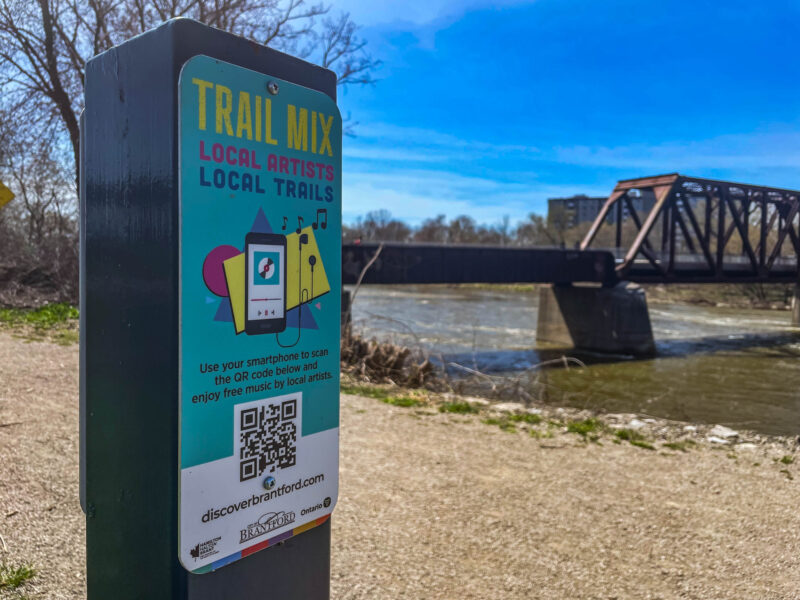Safe sex is an important topic, no matter the arrangements of the sexual relationship. In order to acknowledge this fact, this Valentine’s Day, the Laurier Brantford’s Women’s Centre put on a workshop run by a representative from the Stag Shop to discuss deeper details about what some BDSM (Bondage Discipline Sadism and Masochism) relationships look like. The workshop went over different types of BDSM, how to stay safe and how to ensure that there is constant and ongoing consent. The workshop was also intended to break through the stigma and stereotypes that are left behind from unrealistic and harmful media representations like “Fifty Shades of Grey”.
“[BDSM is] gaining popularity now, but the way that it’s being portrayed is a very narrow lens. Lots of people are doing work to try to break those stereotypes. It’s definitely more people who are in the communities themselves right now who are saying ‘I don’t look like that, that’s not what BDSM is about’ it’s just about representation,” said Emily Zawadzla, Stag Shop representative. “That’s the issue with ‘Fifty Shades’…that was a terrible example of a BDSM relationship…[in the story] she was pushed into so many things.”
The problem with the misrepresentations in “Fifty Shades” is that it doesn’t just show a different side of this subculture; it brushes off an abusive relationship as BDSM. In reality, many people in BDSM relationships take extreme precautions to ensure that everyone involved is safe during a scene.
The first thing to do, even if you’re just curious, is to do as much research as you can. BDSM is an extremely broad topic, with each subsection requiring its own safety precautions and forms of consent. There are plenty of reputable resources online in the form of blog posts, videos and even health professionals that can help you or just give you the information you should have before trying something you’re interested in or curious about.
Another part of BDSM you are not likely to see on your TV is what’s called “aftercare”. Aftercare is a routine that many partners go through once a scene is over. This is a time set aside to talk to one another about what just happened, if anything needs to change for next time and to check to make sure those involved are okay. It can also include extra care such as reassurance or some sort of romantic activity.
And the final, and probably the most important part of BDSM: consent. Consent is necessary in any sexual relationship, whether it’s a one night stand or it’s a couple who have been married for years, and BDSM takes consent very seriously. In most cases, the parties involved in a scene will discuss consent and boundaries beforehand and will often set a safe word or signal to stop everything. In a BDSM relationship, consent must be given before, during and even after the scene. In some cases, consent is even part of a written agreement between those involved. Better safe than sorry!




